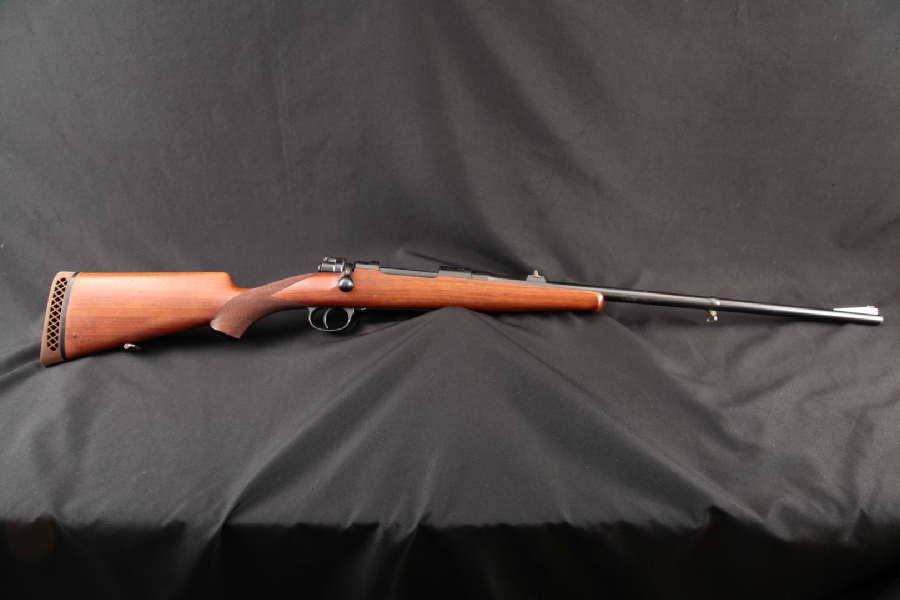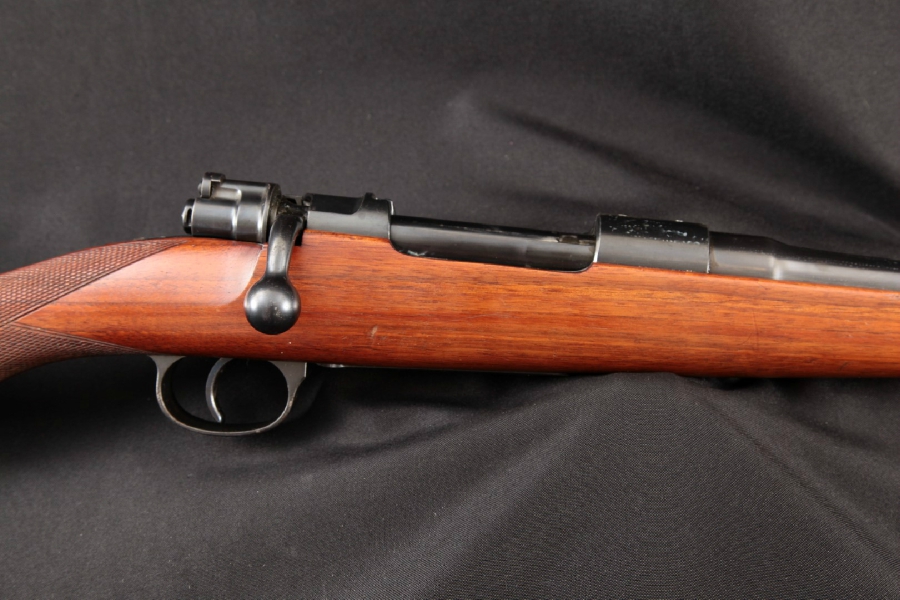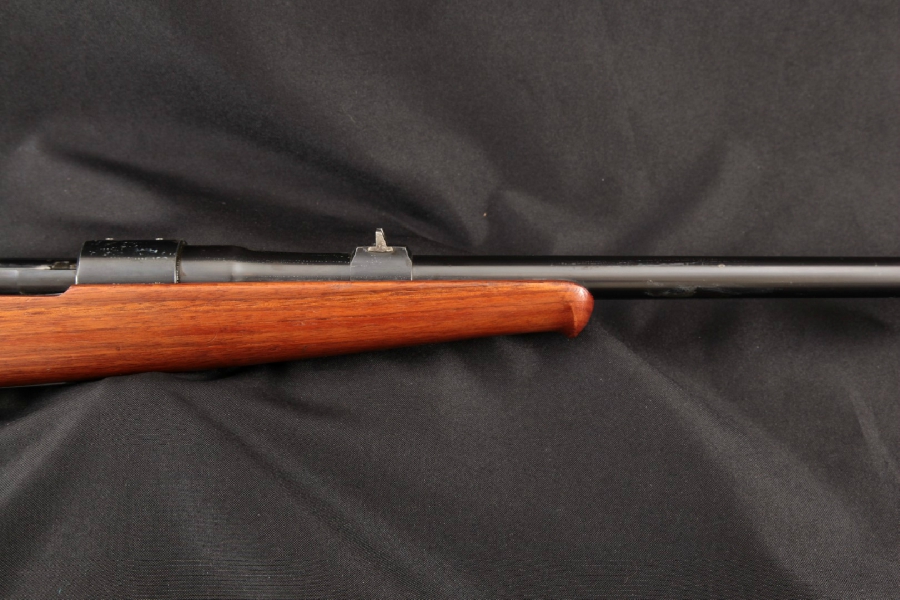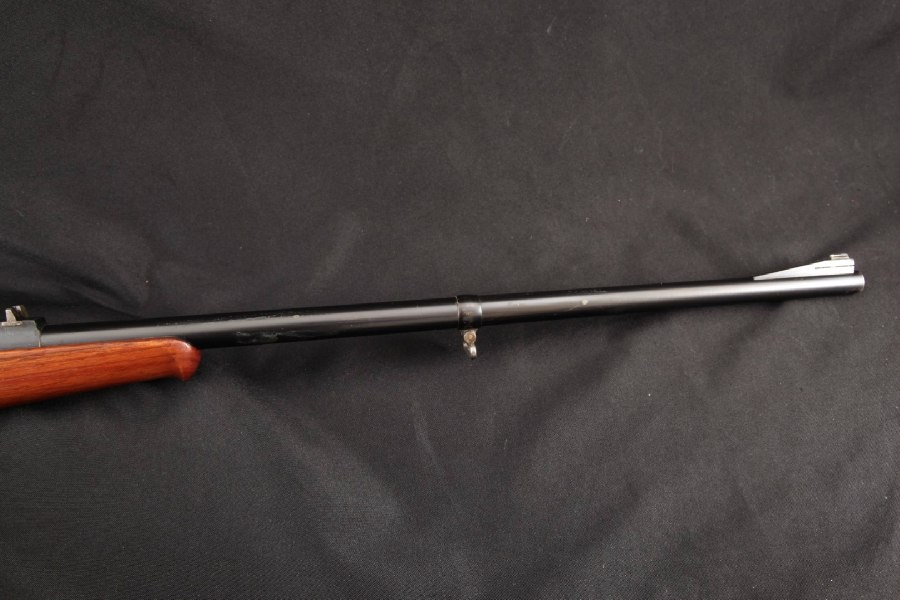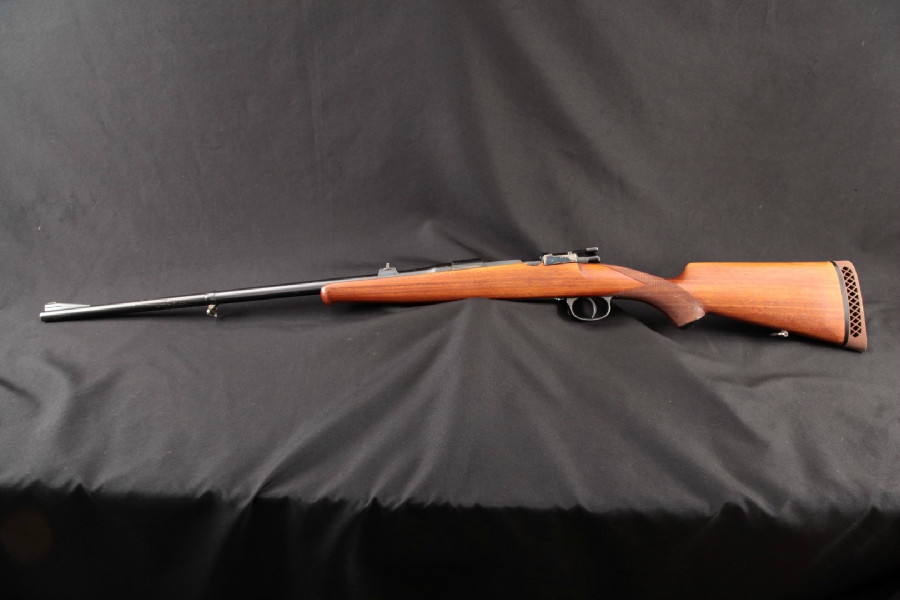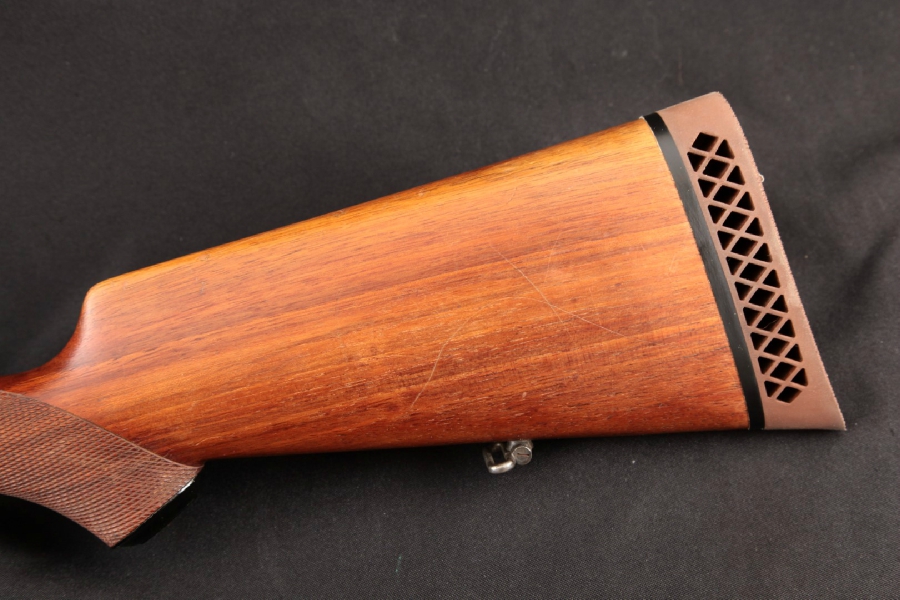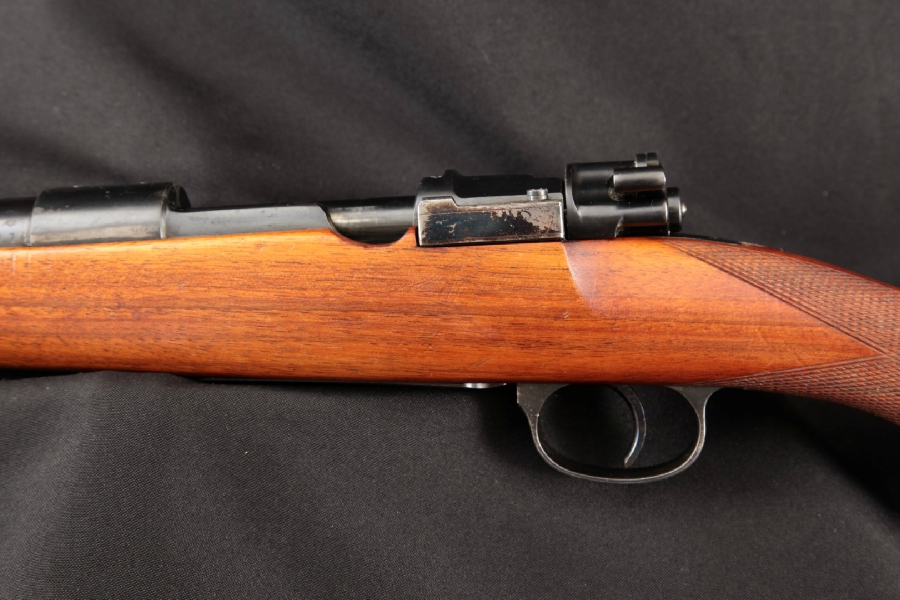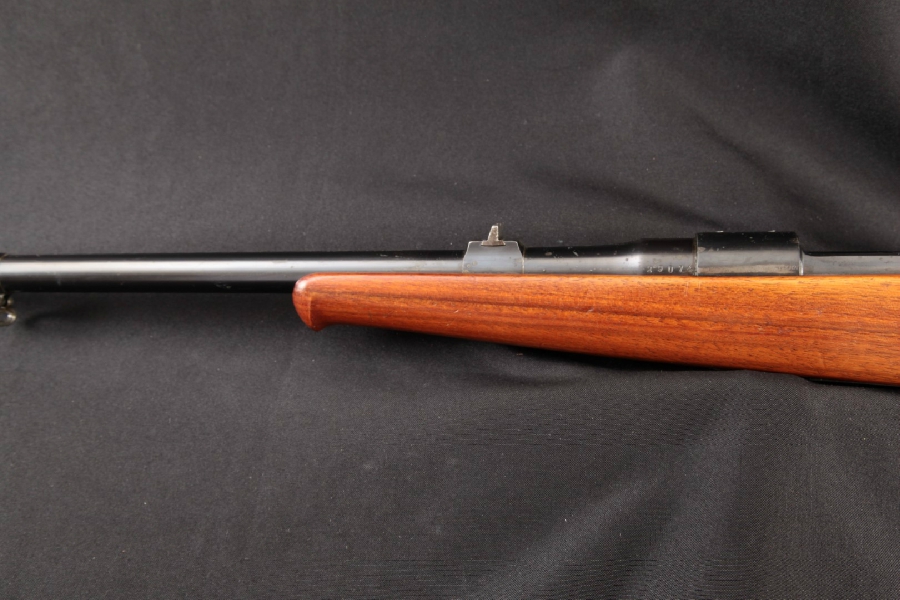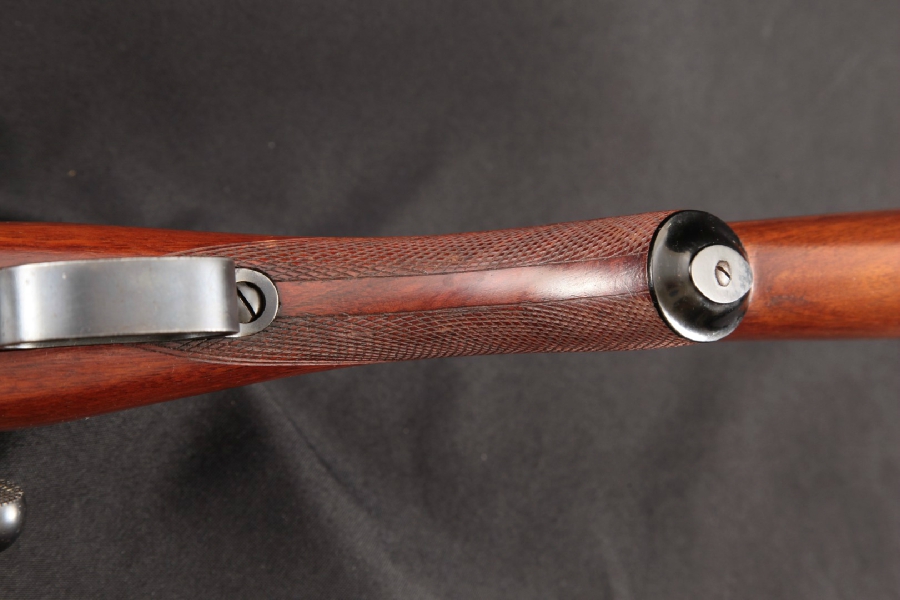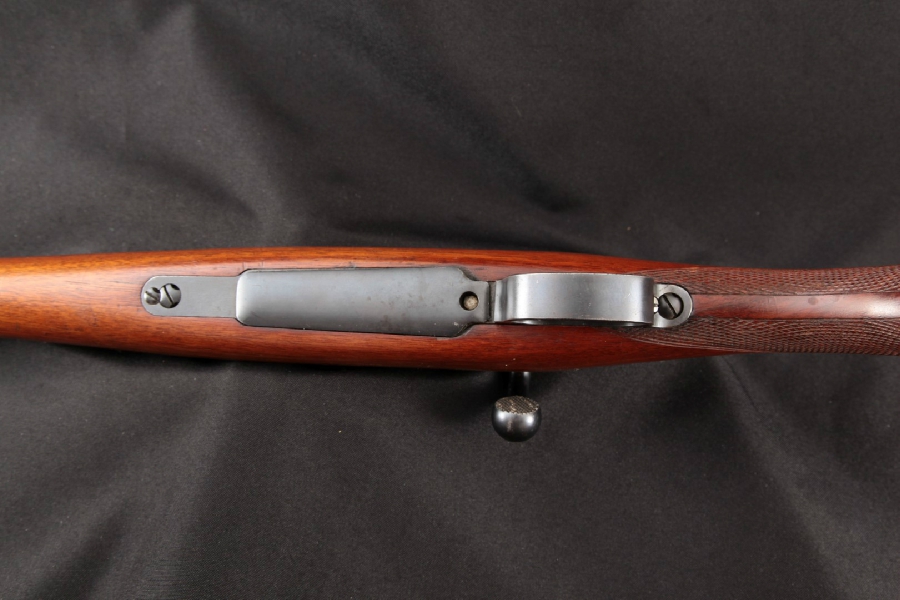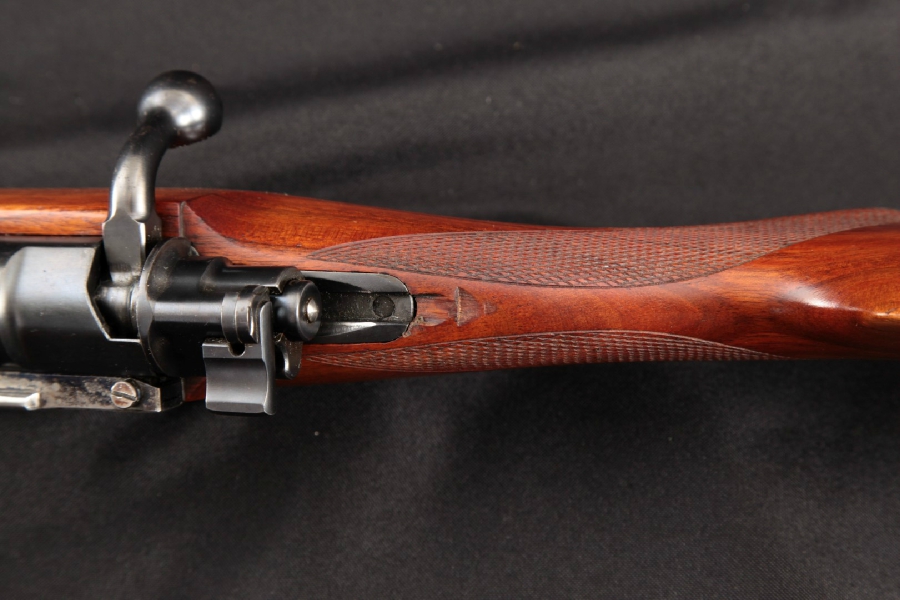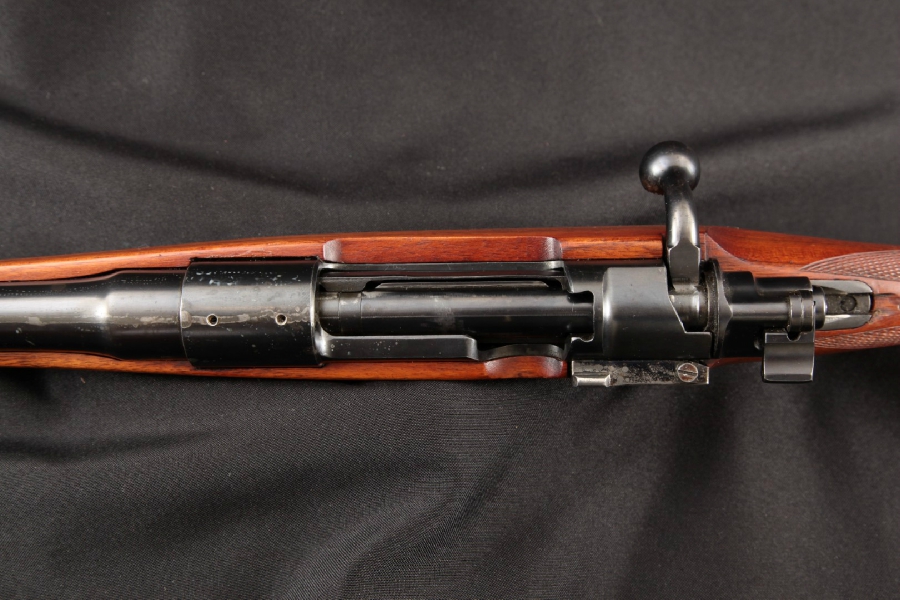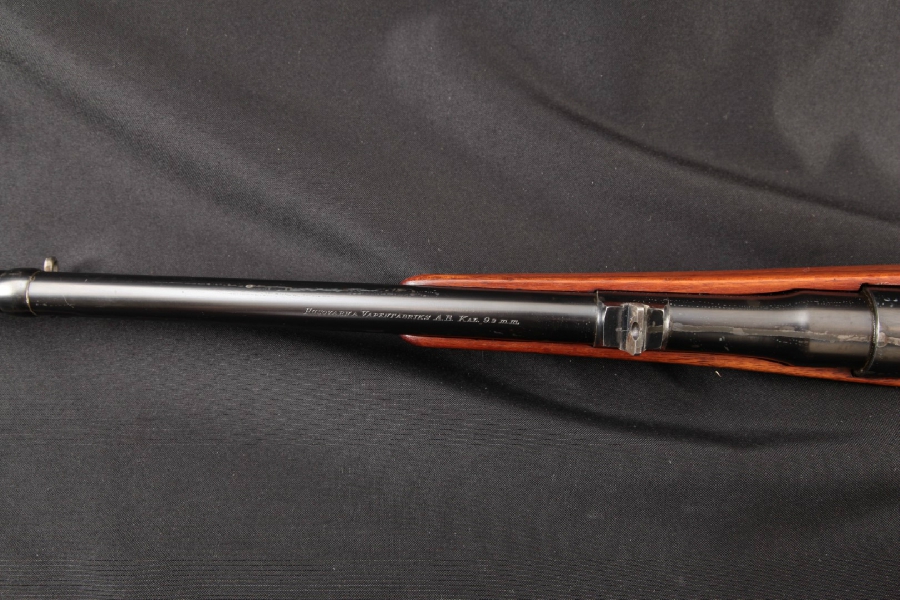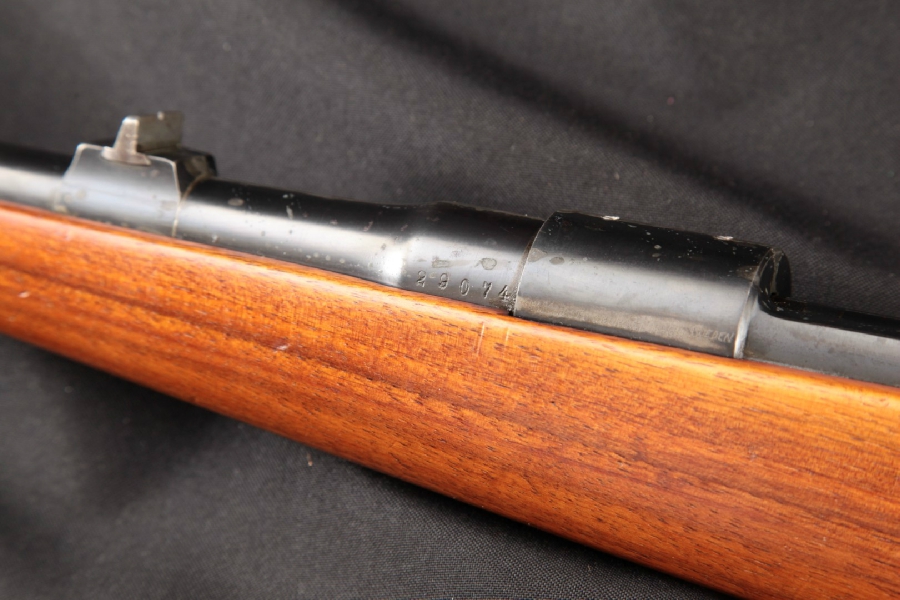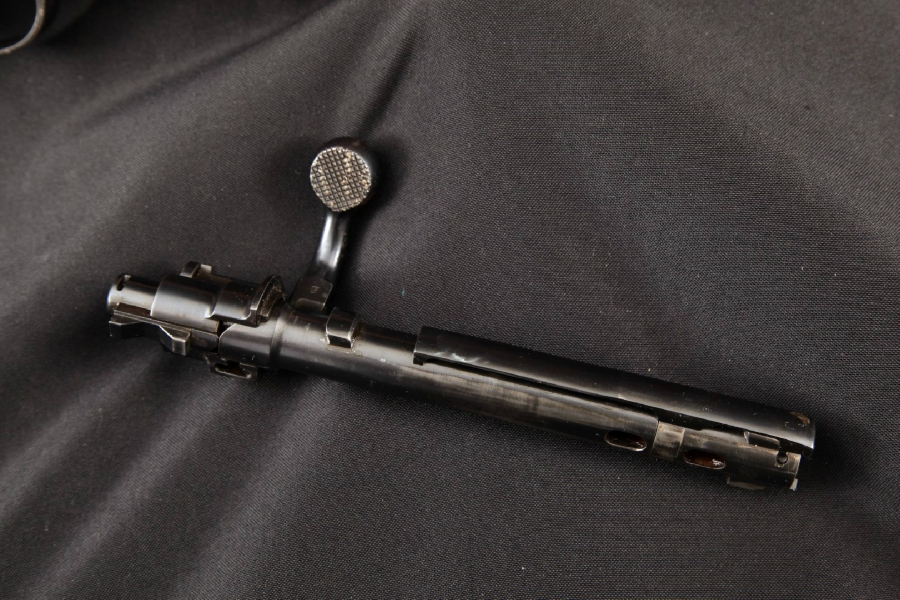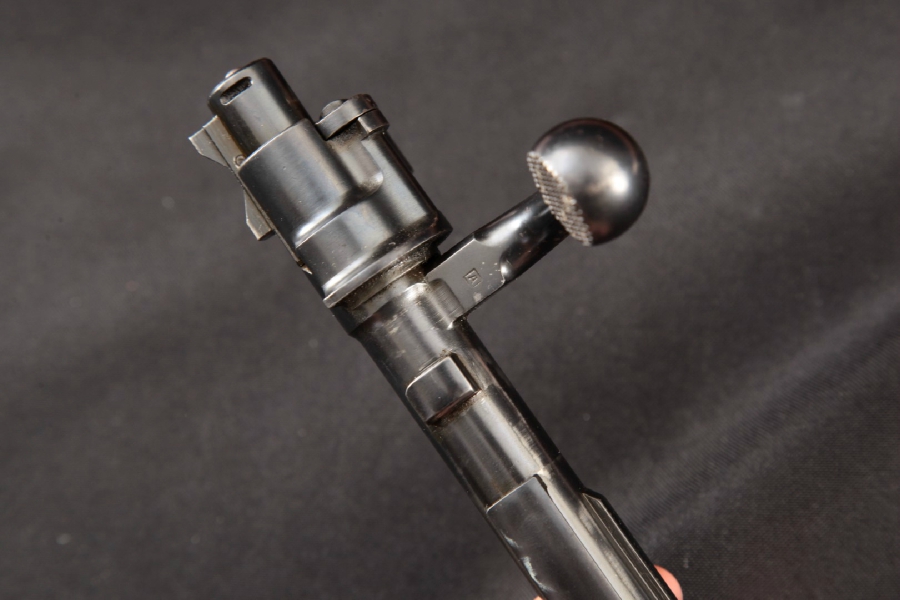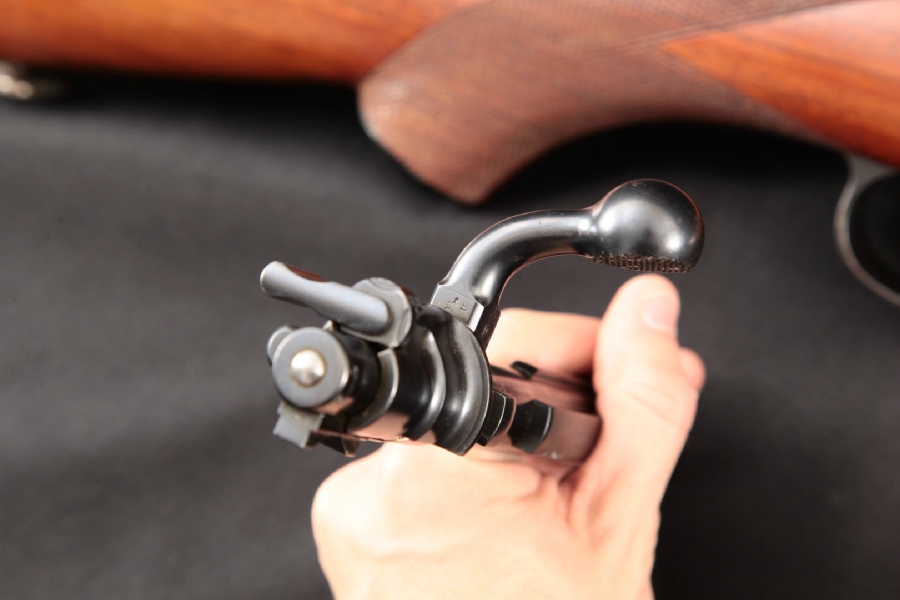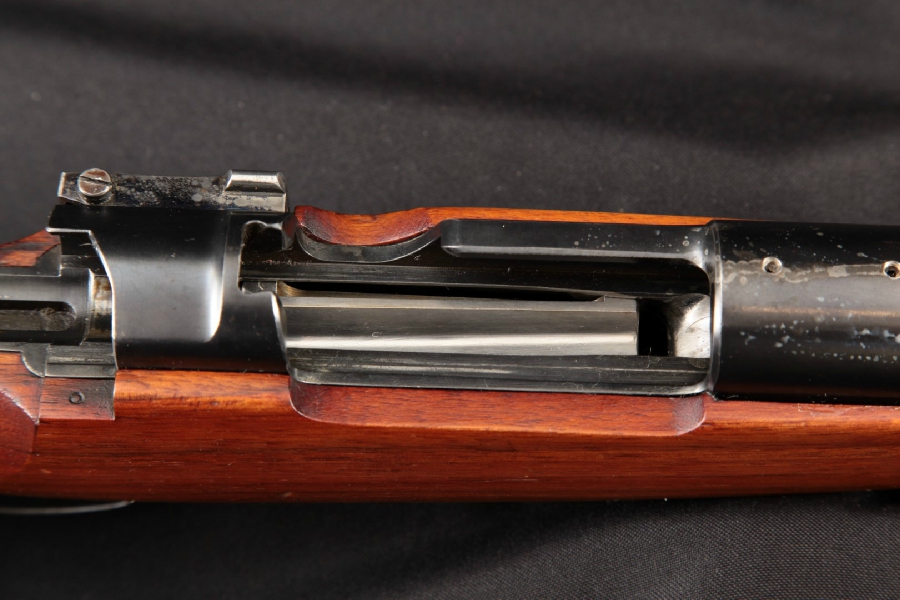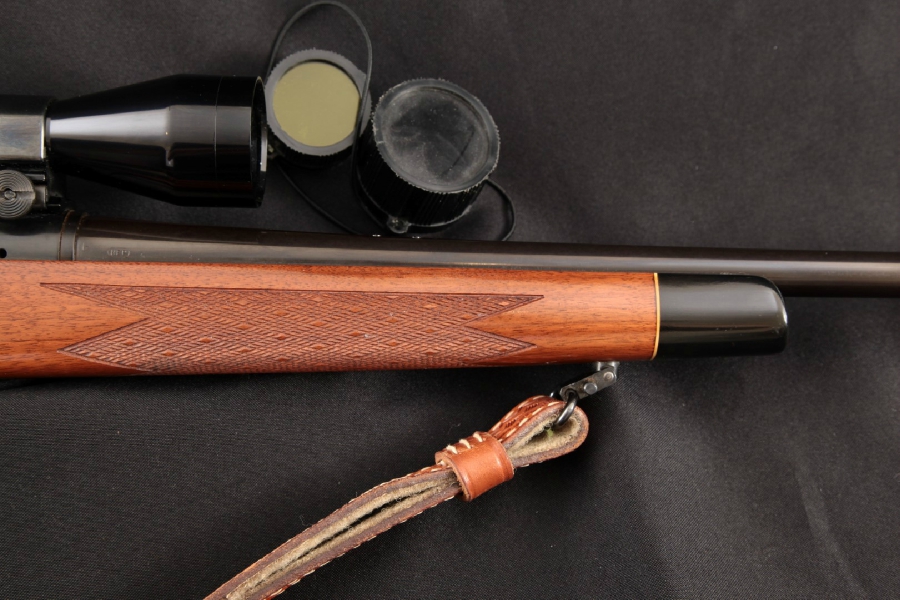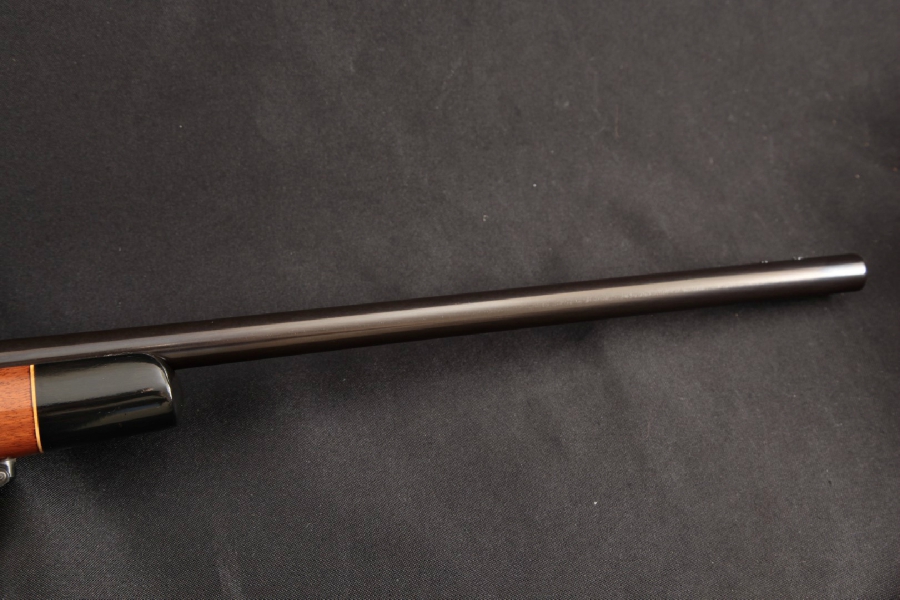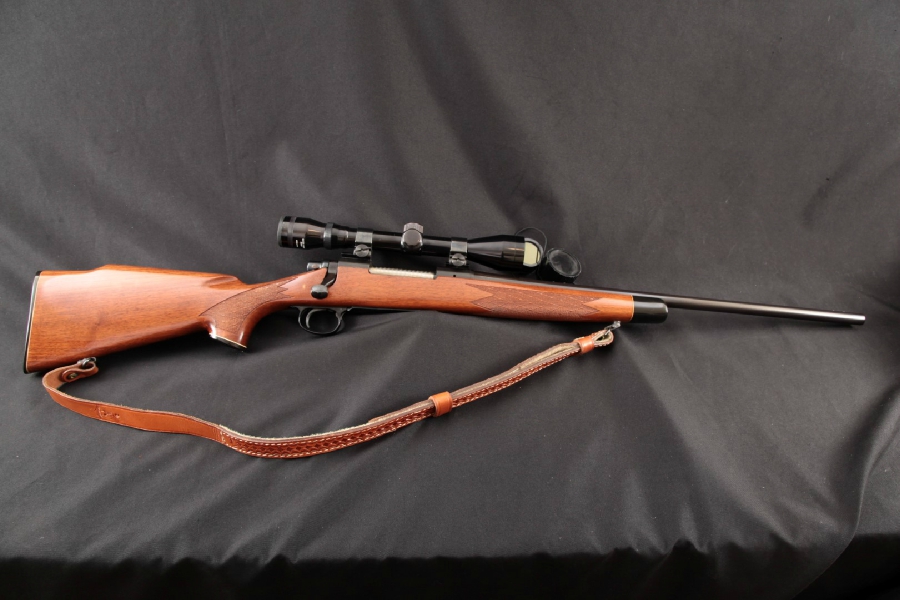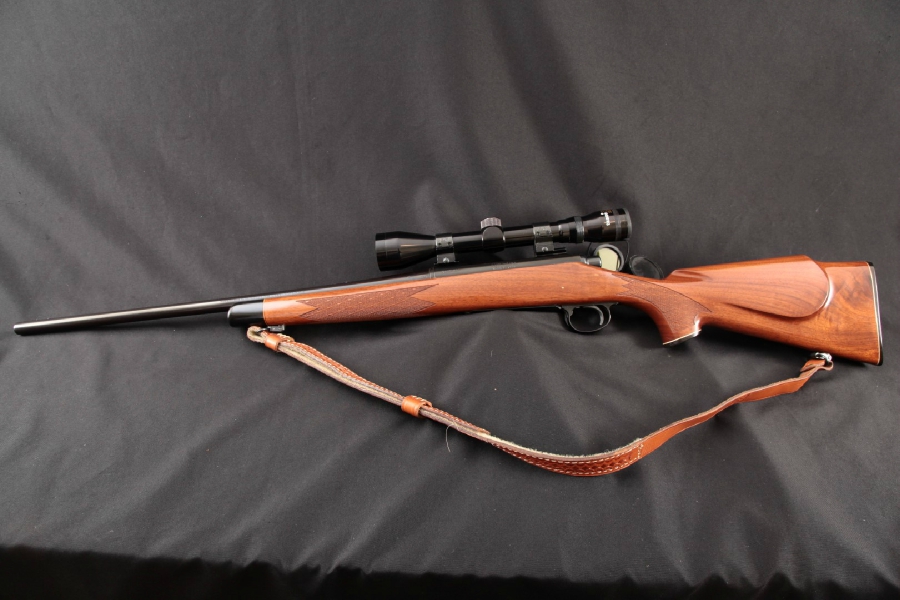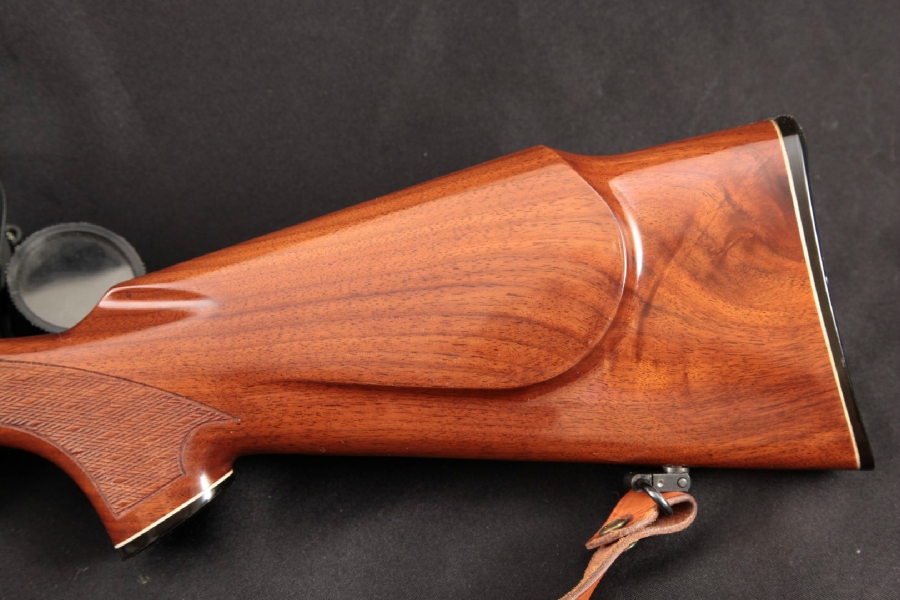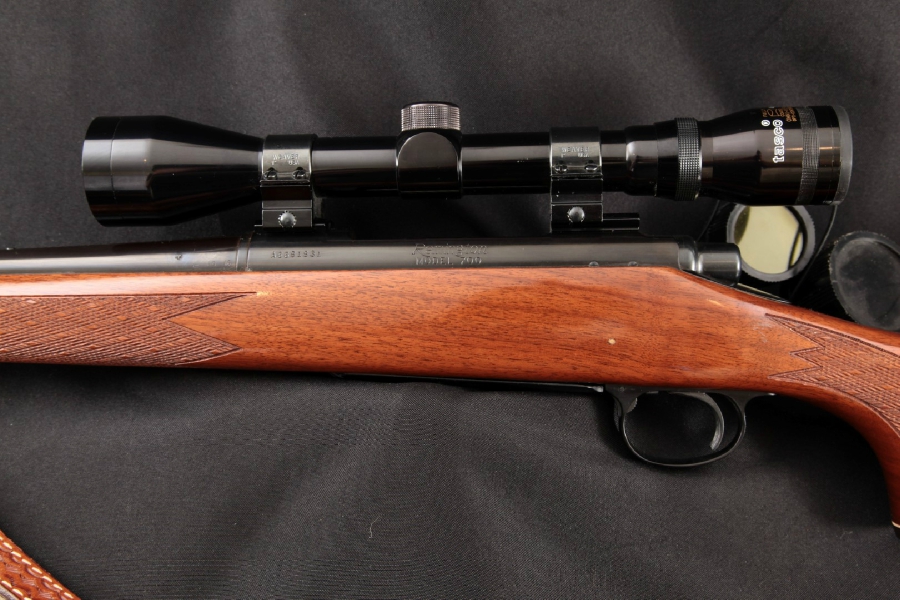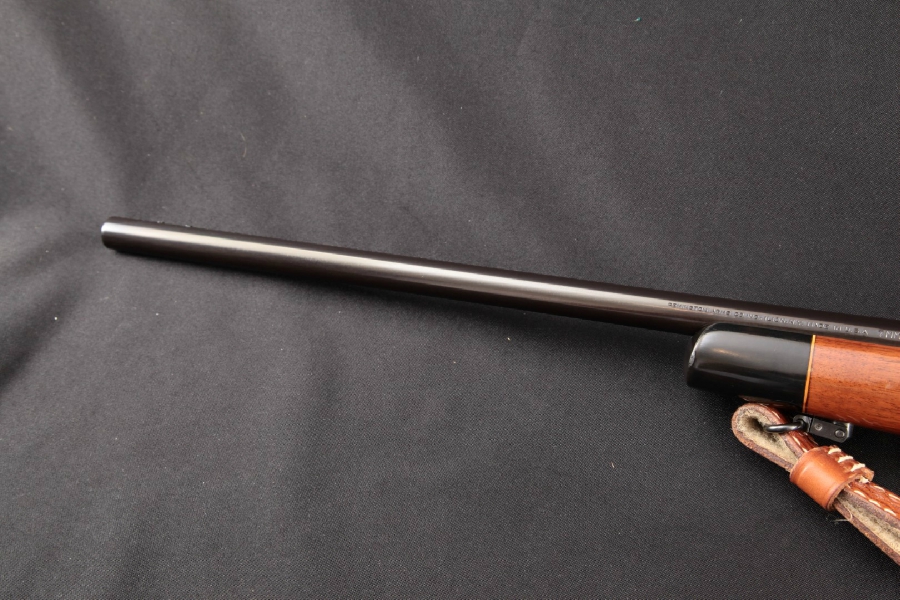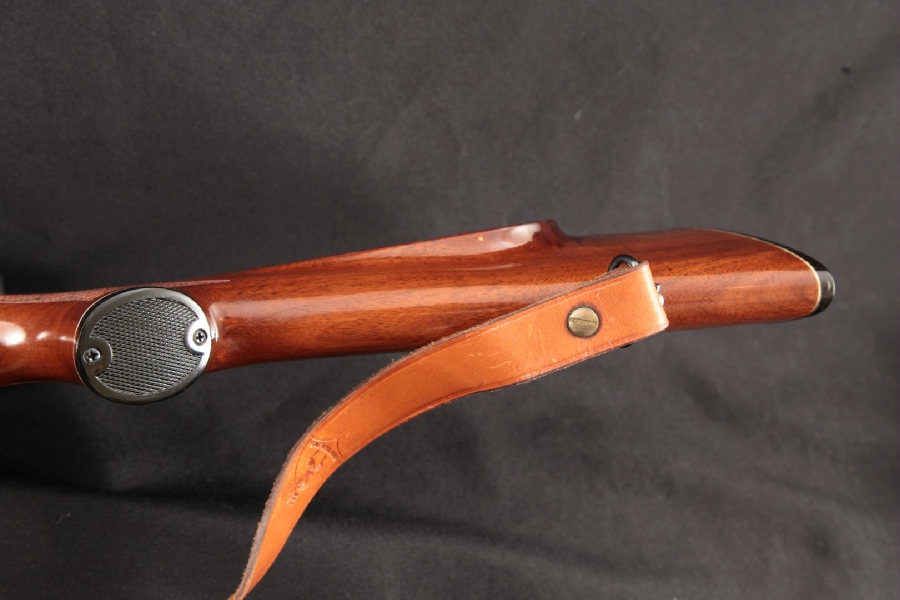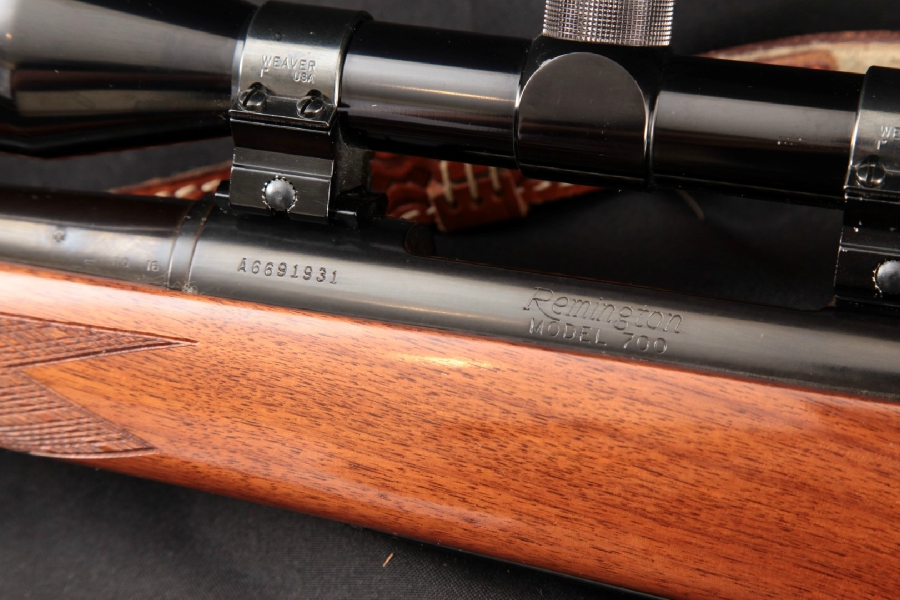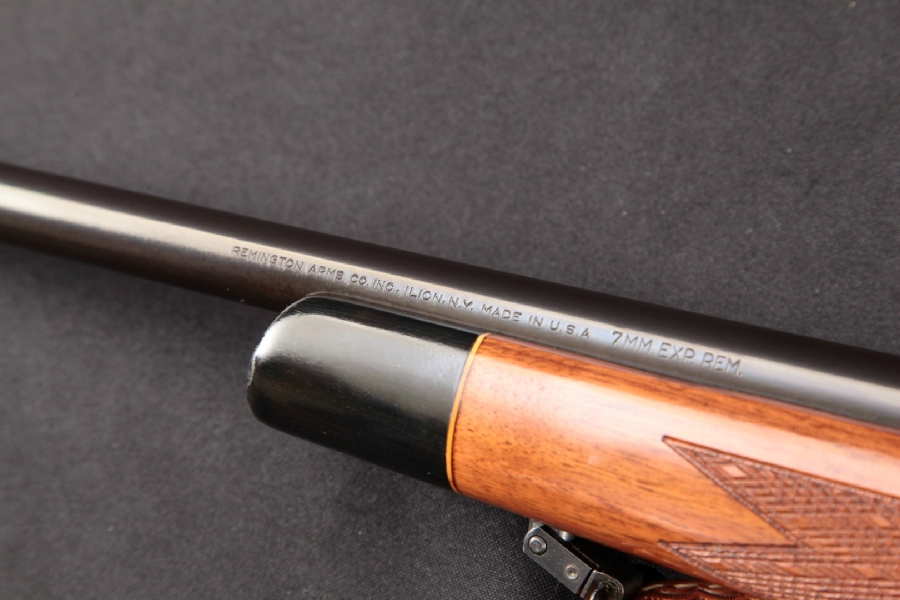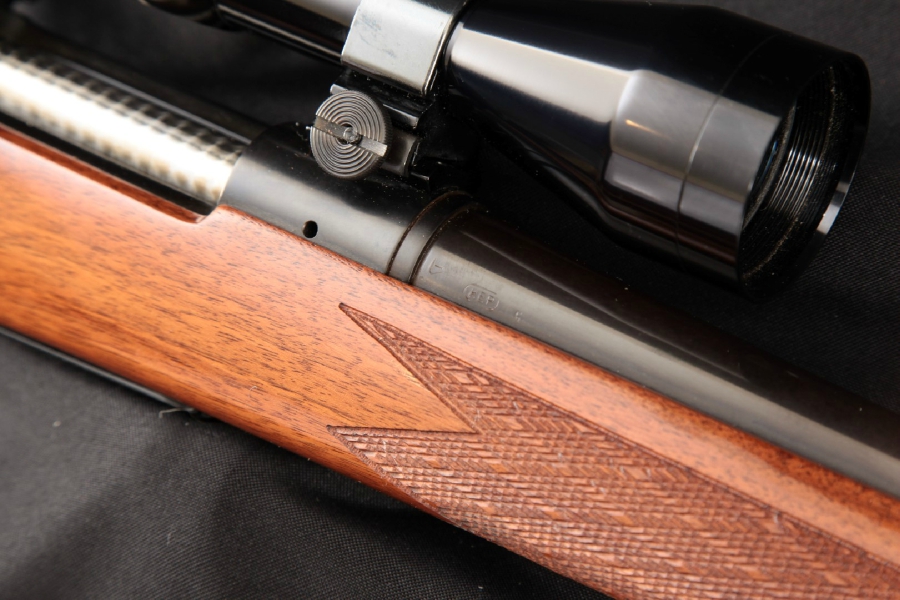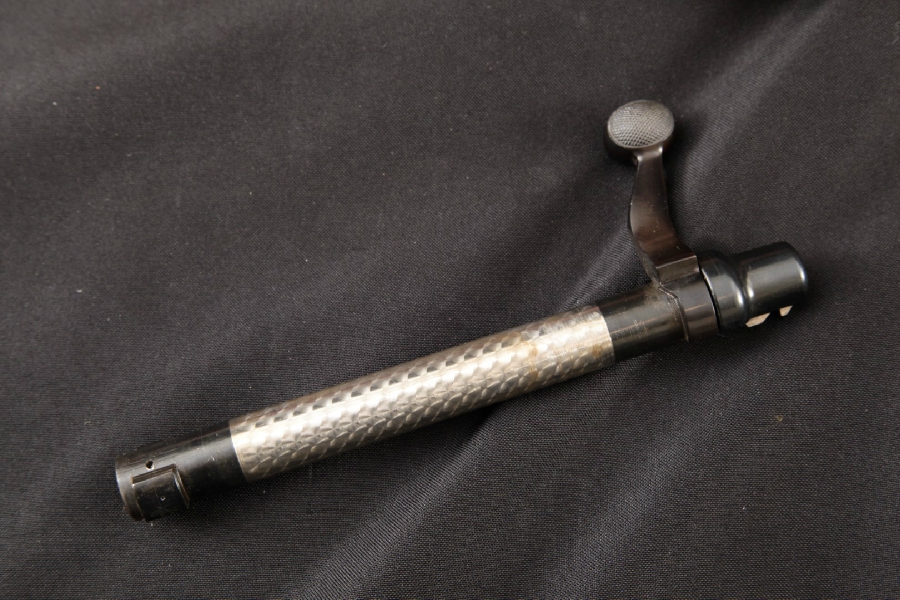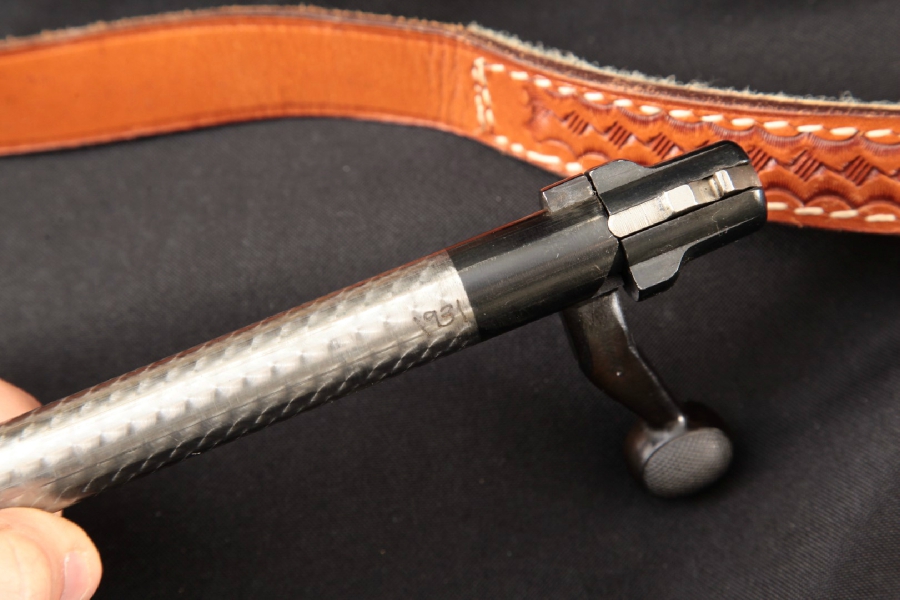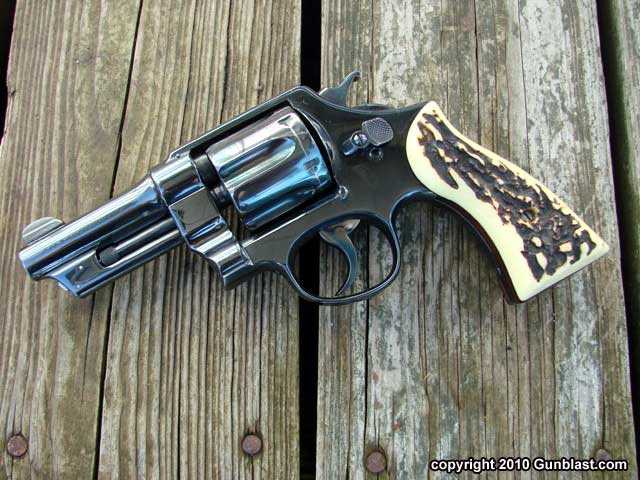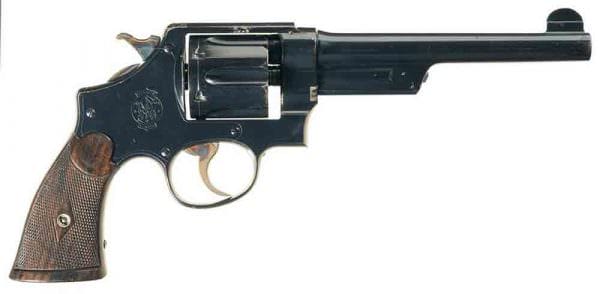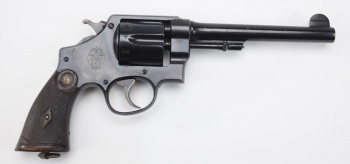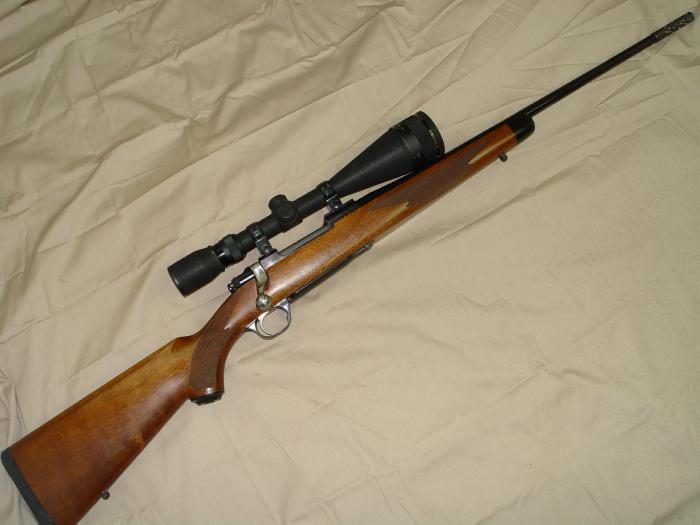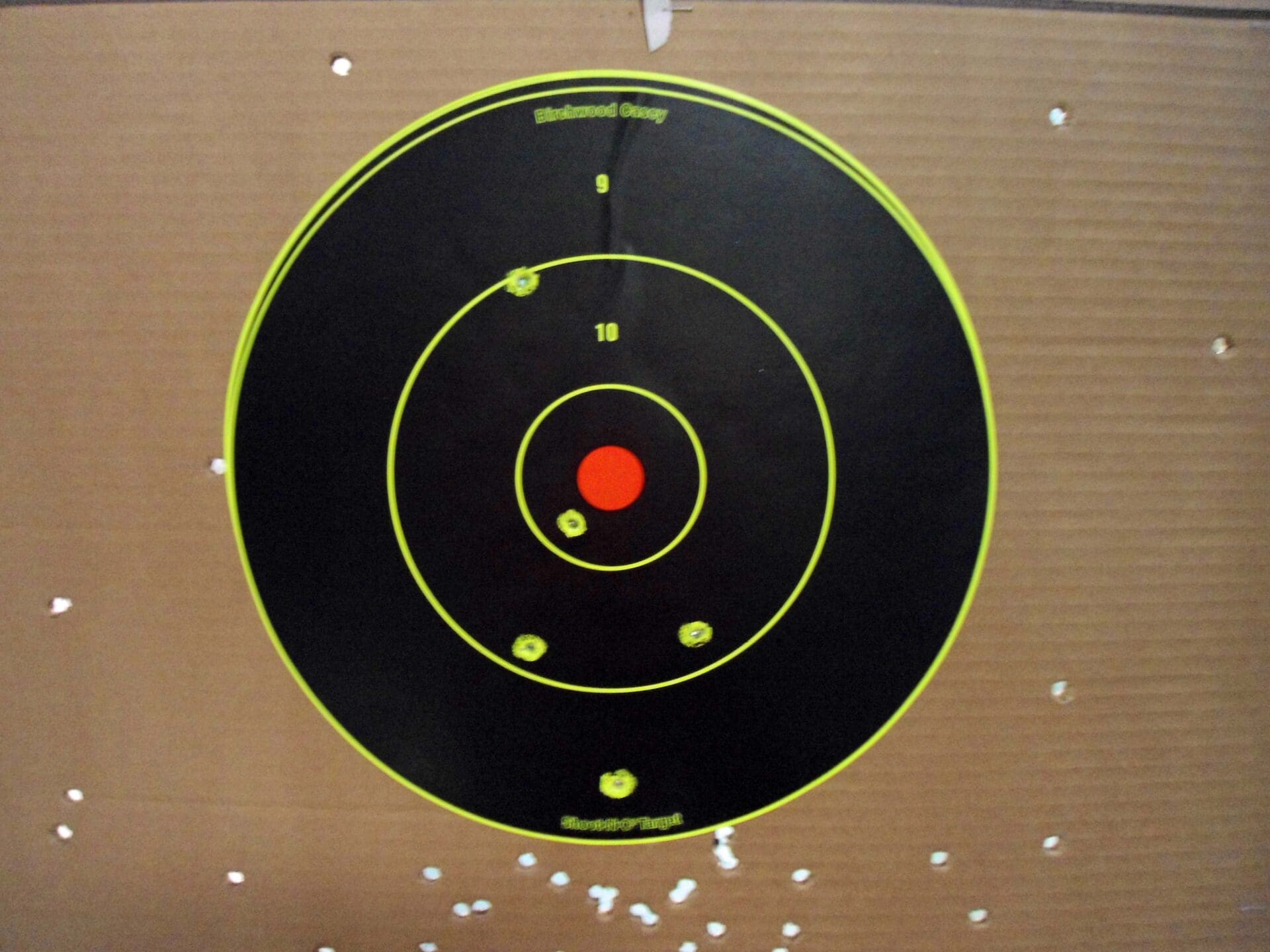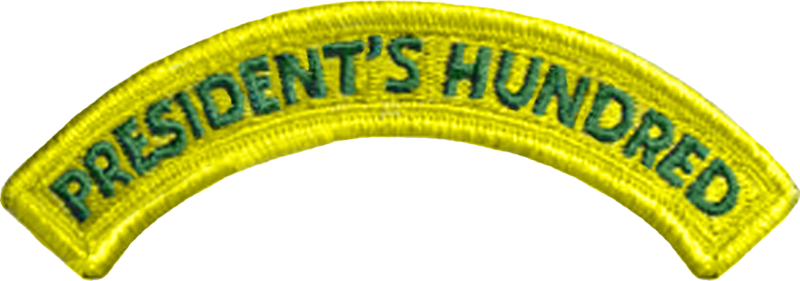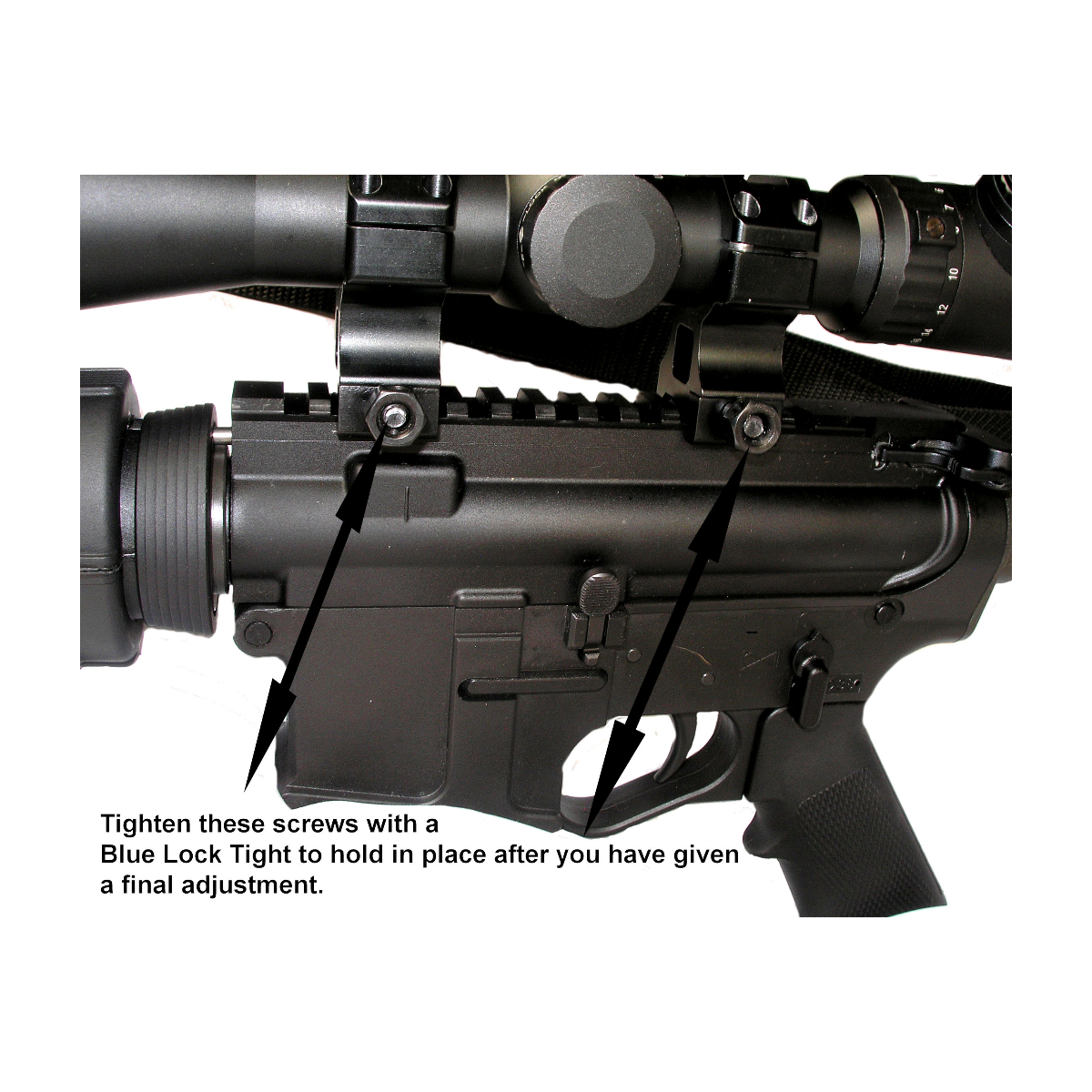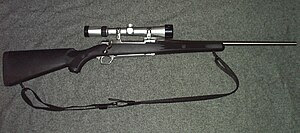By Chuck Hawks
AUTHOR’S PREFACE
I’ve never had any particular desire to do an article about the dark side of Smith & Wesson, but it’s time someone in the outdoor media called a spade a spade, so to speak, rather than sugar-coat it as a “manual digging implement.” I’m sure that I will be accused of all sorts of bias after speaking out in this article, but the fact is that I have no personal motive, nor do I stand to profit in any way, from an S&W hit piece. Quite the contrary, as I will undoubtedly alienate some readers and a large potential advertiser.
Frankly, I don’t like to write negative reviews, which is why I have usually declined to review Smith & Wesson products. However, too many readers have written asking why I haven’t reviewed S&W firearms, or asking if I recommend various S&W models. Guns and Shooting Online readers expect, and deserve, the truth–or at least an honest opinion. So here goes . . ..
Of all the big American firearms manufacturers, Smith & Wesson is–in my opinion–the most deserving of censure. Certainly not because they make guns, nor are their products (always) unsafe when used as directed. However, Smith & Wesson’s corporate actions over the decades of their existence have often been questionable and their advertising misleading, at best. (You could say that they flat-out lie and get no argument from me.)
The recent S&W I-Bolt rifle is one example of S&W “shading” the truth in their promotions. The “I” in “I-Bolt” is supposed to stand for “innovation,” an assertion so boldly false as to be almost breath taking. The truth is that this rifle is almost completely deritive. It is a knock-off of the venerable Remington Model 700 action, with a few ideas stolen from other manufacturers tacked-on. Almost nothing about this rifle is actually innovative. Indeed, it is notable only for taking cost and quality reducing shortcuts to a new level in American rifle making.
This is a company whose professional conduct, as well as their product quality, has far too often failed to meet acceptable standards.
Example: I once inspected a shipment of Smith & Wesson .22 Masterpiece target revolvers sent to the sporting goods department of a large mass merchandiser. Those half dozen revolvers were so poorly made that the gap between cylinder face and forcing cone varied widely as the cylinder was turned. At one position or another the face of the cylinder would actually drag against the forcing cone. One or two of those revolvers were so far out of spec that the cylinder could not be rotated all the way around. One such gun I could understand somehow slipping by quality control, but a whole shipment so poorly made that even a cursory inspection would have revealed the problem? Obviously there was no quality control inspection before those new revolvers were shipped.
Example: On another occasion a friend and I inspected perhaps a dozen newly arrived S&W revolvers at a gun shop and found large gaps between the cylinder crane and frame in all of them. On the same guns the cylinder ratchet notches were so poorly machined that no two were identical; it looked like a drunken monkey had done the work. Again, a single defective revolver would be understandable–mistakes happen–but a whole shipment of lemons is impossible to explain as an isolated mistake.
Example: I purchased a brand new Chief’s Special .38 Special revolver. At the time of purchase the store clerk gave me a box of Smith & Wesson brand .38 Special factory loaded cartridges. (In those days S&W marketed ammunition under their brand name.) After firing no more than half of that first box of ammunition, I noticed that all 5 chambers of the cylinder had developed a slight bulge. Presumably it had not been properly heat-treated. Thank goodness I noticed the problem before the revolver blew-up in my hand.
Example: A
Guns and Shooting Online staff member purchased a brand new S&W 22/32 Kit Gun whose rear sight could not be adjusted far enough laterally to put bullets into the target at 25 yards. Upon close examination with a straight edge we found that this revolver’s frame was actually machined in a slight curve. Clearly no one had test fired this revolver at the factory.
Example: Another
Guns and Shooting Online staff member purchased a new S&W Model 41 target pistol. It has never shot particularly tight groups, even after having been rebarreled (at the owner’s expense!). In addition, it regularly malfunctions. He has put over twice the pistol’s (considerable) original cost into it trying, with marginal success, to correct its faults. You can believe that next time he will buy a Ruger, Browning, or High Standard target pistol.
Such examples are far too numerous and widespread. Design, quality and quality control problems have been endemic to Smith and Wesson firearms for decades.
Years ago, many customers complained that the .44 caliber “N” frame revolver was too heavy and bulky for the .357 Magnum cartridge. (That is the frame size on which Smith & Wesson originally built their .357 Mag. revolvers.) So, they started building .357 revolvers on their smaller “K” .38 Special frame. These revolvers quickly developed a reputation for vicious recoil and also for shaking themselves apart. Smith’s “solution” was to recommend practicing with .38 Special ammunition and reserving .357 Magnum cartridges only for “duty” purposes to extend the life of their revolvers! Ahem, doesn’t that sound like a tacit admission of a fundamental problem in a Magnum revolver?
Smith & Wesson finally addressed their .357 Magnum problem by introducing the “L” revolver frame. Smith L-frame revolvers are the same size as a Colt Python. L-frame revolvers will–surprise, surprise–fit perfectly in holsters formed for the Python. They even have the Colt full-length barrel under lug and a rib on top. This is because Smith simply copied the Colt Python’s frame size and styling clues, which is only one of many examples where S&W has simply stolen someone else’s good idea. Does the Sigma pistol come to mind? (Glock sued ’em over that one.) Or their cheesy High Standard .22 clones? Even their famous Chief’s Special revolver originated as a lower cost knock-off of the Colt Detective Special .38 snubby.
S&W built the Chief’s Special on their existing .32 caliber “J” frame. That frame was actually too small for the .38 Special cartridge, but rather than introduce a new, properly sized frame, S&W reduced the cylinder capacity to 5 cartridges. The resulting revolver was so weak that for decades the use of .38 Special High Speed (and later +P) cartridges was prohibited. Modern metallurgy and heat treating has supposedly cured the problem–
if you trust Smith & Wesson’s advertising.
S&W has been ripping off other companies’ products, especially Colt’s, for over 150 years and the leopard hasn’t changed his spots. The current management is following in the footsteps of their predecessors, as evidenced by the recent introduction of their “new” 1911 auto pistol. Not only are they copying the famous Colt/Browning pistol, they aren’t even making their knock-off themselves; it is assembled largely from after market parts.
Smith & Wesson is not a tiny shop assembling these pistols individually. They are the largest handgun maker in the world! Have they no pride? (A rhetorical questions, since they obviously don’t.)
S&W is a huge print advertiser and that has made them a “holy cow,” insulated by the press from the consequences of their actions. Or, in the case of Smith & Wesson’s sell out to the virulently anti-gun Clinton Administration (creating what some called “Clinton & Wesson”), forgiven as soon as they (again!) changed their management team.
That unholy deal was a betrayal of the entire industry and every gun owning U.S. citizen. It was widely condemned by other gun manufacturers. A press release from the National Shooting Sports Foundation said that the agreement “violates trust for selfish ends.” It was neatly summed-up by Elizabeth Saunders, CEO of American Derringer, who said: “In all the years I have been in business, I have never seen anything so blatantly un-American as that agreement. No reasonable business person could possibly sign this thing.” Smith & Wesson deserved, and got, a grass-roots boycott of their products for selling out the other gun makers, their own dealers and all American gun owners.
I’ve lost count of how many times the S&W management team has changed during my lifetime, every time promising that things would improve. However, the basic company policy of ignoring the intellectual property rights of others and building cheaper knock-off’s of other people’s successful products has never varied. In addition, their quality control has remained in the tank for decades. Heck, the company was founded on the basis of someone else’s patent. (The reason that S&W cylinders have always rotated “backward” [out of the frame] is simply to create an obvious difference from the Colt revolver mechanism.)
S&W has gotten a pass from the big outdoor media since the 1950’s. The legendary unreliability of Smith & Wesson’s double-action auto pistols was widely known within the industry, but seldom mentioned in print by the outdoor press. (
American Handgunner being the sole exception that comes to mind.) A good example of the “bye” that S&W has always gotten from the outdoor media is the fact that most shooters don’t even know about the short cuts, rip-offs and problems cited in this article.
As I write these words, S&W is busy producing their knock-offs of Glock, High Standard and Colt/Browning designs, plus Walther PPK type pistols by agreement with the German parent company. The latter, by the way, have all recently been recalled as defective and unsafe. This recall applies to all Walther PPK and PPK/S pistols manufactured by Smith & Wesson from March 21, 2002, until February 3, 2009. That’s seven years of production! Think that maybe it took S&W’s quality control a smigeon too long to find, or at least admit, that there was a problem?
Enough is enough; Smith & Wesson’s history of quality control problems and as a corporate copycat is too long, and too nauseating, to delve into further. Anyway, you’ve got the picture.




















